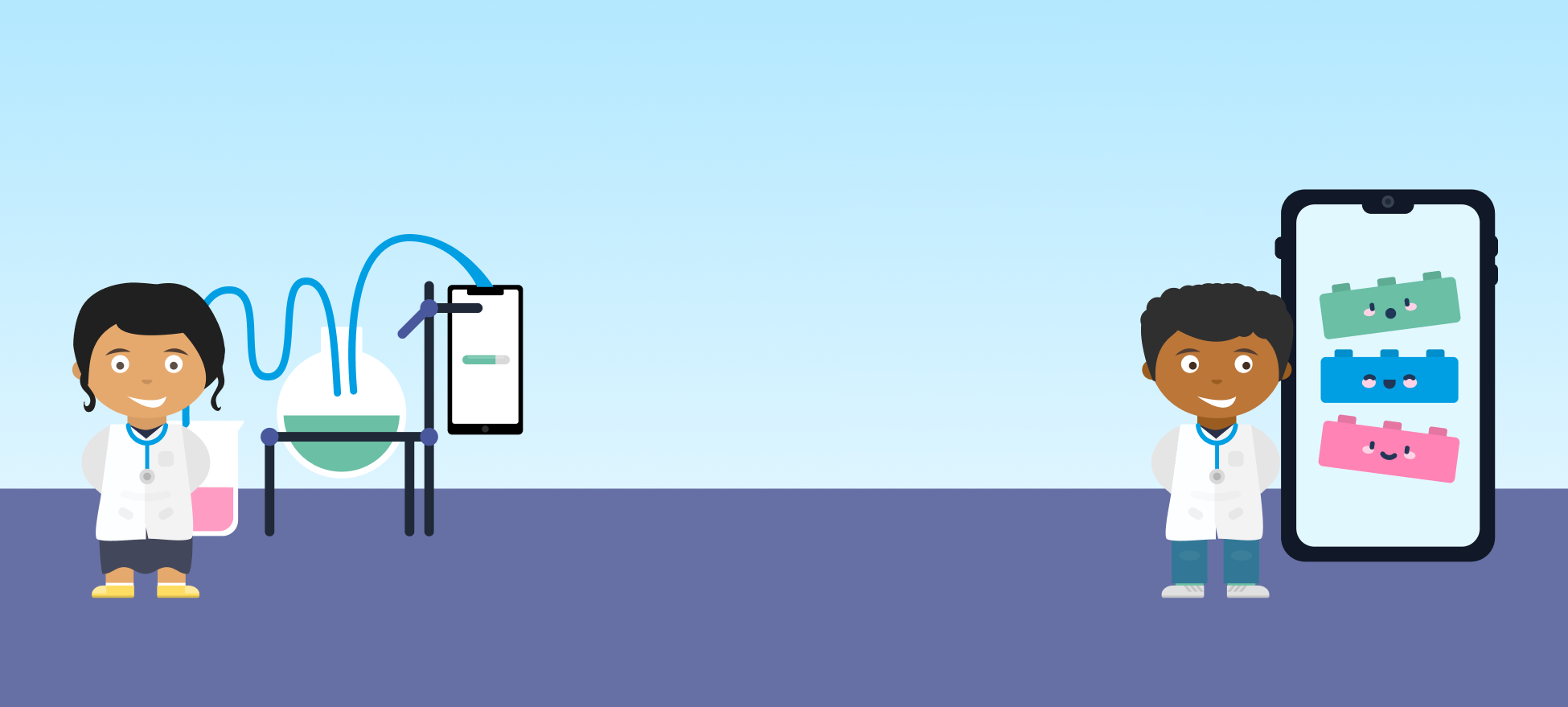5 Tips to Improving Clinical Engagement in Digital Health Programmes
Sheikh Momin - Clinical Expert, Luscii
A vivid memory of my first year as a doctor five years ago was being informed about the requirement to refer to a speciality via fax. This is emblematic of the NHS' relationship with technology. In fact, a 2022 survey highlighted that 13.5 million working hours were lost due to inadequate IT and equipment, with lack of interoperability identified as a significant barrier to prompt care and digital transformation.
Clinicians have an uneasy relationship with technology, but in a world of increasing patient demand and complexity, coupled with a finite supply of trained healthcare professionals, digitalisation of care programmes may be the tool to support them.
.png)
In my experience, decisions about new healthcare technologies are often made at senior operational levels, without the most common users of technology, such as frontline, often junior, doctors and other healthcare professionals. This contributes to a poor user experience and reduced usability of technology. But, as highlighted by Breid in the first blog of this series, digitalisation requires collaboration between clinicians, management, and the digital healthcare provider. With this in mind, here are my five top tips to improve clinician engagement within your digital health programmes.
1. Start small, dream big
In my experience, doctors tend to be conservative by nature, and rightly want evidence of effectiveness when implementing a digital programme. However, if digital pathways are not implemented, there is no evidence! Hence, starting small with lower-risk pathways, which have fewer decision points, may work. This looks different for the various specialities, but as an example, it could include hypertension and asthma monitoring in low-risk patients.
Dreaming big while starting small also helps to expand the possibilities of digital care. For instance, I created a headache monitoring programme for migraine sufferers. Following on from this, I developed a post-procedure pathway for migraine patients to further advance the programme.

2. Aim for bespoke, not one-size-fits-all
Healthcare service delivery may differ between organisations in often nuanced ways, even for the same condition. Organisations may also have different thresholds for converting between digital and face-to-face care, such as when a digitally-monitored patient alerts for an in-person review. Having an agile mindset is key for ensuring any digital programme is the right for for the organisation's specific patient population — and for engaging clinical experts. At Luscii, our in-house clinical experts can guide clinical teams on making bespoke digital programmes fit for their organisational needs and patient cohort.
3. Find a champion
It can be difficult to be a contrarian in healthcare, but these are often the greatest change makers. Meetings in healthcare (and indeed everywhere) can look a little like Bill Aullet's famous picture, involving six key decision-makers: The economic buyer, champion, influencer #1, veto power, influencer #2, end user, and compliance officer.
If you're lucky, the 'champion' of your effort will be the one who has 'veto power', but they often have opposing views on digital health solutions. However, there is value in identifying and engaging with your champion as you explore the organisation's readiness to undertake digital programmes. So, how do you identify your champion?
Your champion may be people who have evidence of successful quality improvement initiatives and digital health programmes. These individuals are a golden resource within the organisation, and you may be able to support their interests with your own organisation's resources. For instance, at Luscii, we have a Certified Medical Developer Programme course allowing clinicians to create their own digital programmes without needing to learn coding. Several of our champions have used this to launch successful programmes within their organisation.
4. Integration, integration, integration!
Interoperability of any digital health solution is critical to its acceptance within an organisation. Most healthcare professionals have multiple programmes for different patient-related tasks, which creates data silos and adds layers of inefficiency to patient care. Your programme should not add to this burden, but you may have to accept that it does when it comes to the initial implementation.

Open engagement with your partner organisation, proactive troubleshooting, and iterative improvements are key in engaging staff and onboarding patients. At Luscii, integration is one of our key priorities. For example, in the UK, we currently have integration with electronic health record (EHR) systems such as Epic and SystmOne. We're working on improving integration with many other systems too.
5. Embrace the art of what's possible
You should really only consider this final point once you've successfully implemented your first digital programme. No doubt you'll have experienced improvements, and perhaps some challenges, along the way. It may also pique your curiosity on what you can do next. At Luscii, one of our key mottos is that any tasks 'safe enough to try' are indeed tried. I encourage you to adopt this mindset too. Try, iterate, improve, and build — and see where it takes you. We're here to support you every step of the way!
Want to hear more about Luscii?
Luscii is the system-wide platform for health care at home. Luscii's diverse remote monitoring programmes cater to over 150 conditions, connecting the dots between acute, primary, and community care. Our clinically-proven programmes enable healthcare providers to reduce unplanned admissions, lower A&E attendances, cut costs, and deliver faster discharge.
